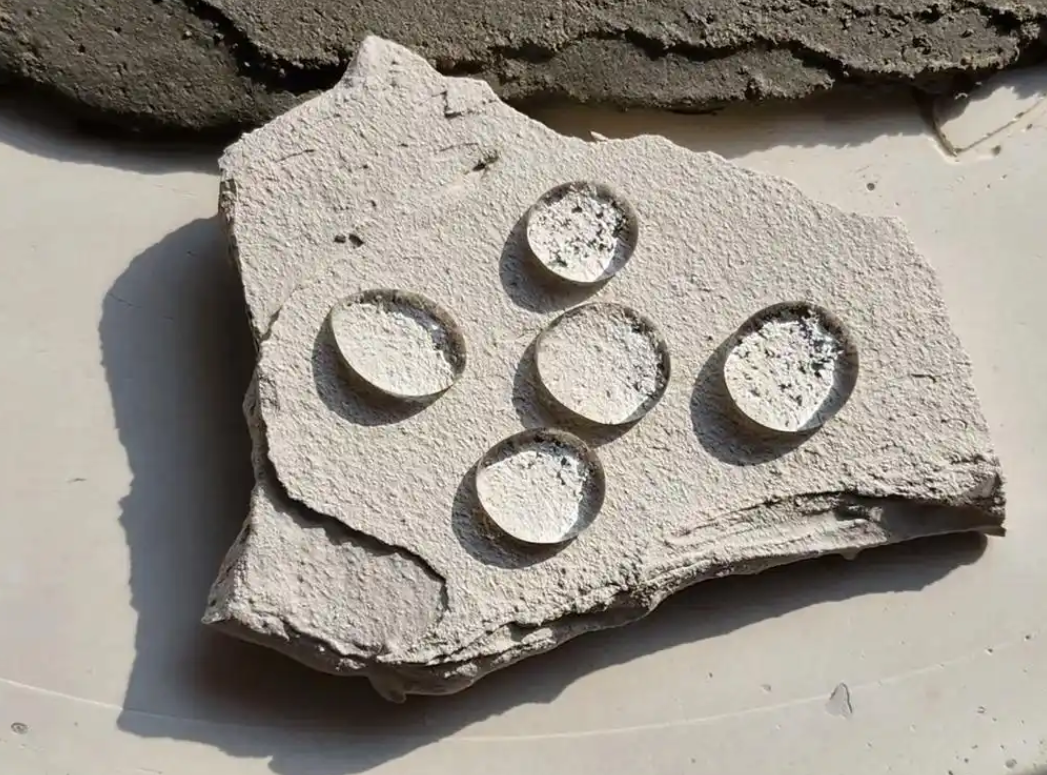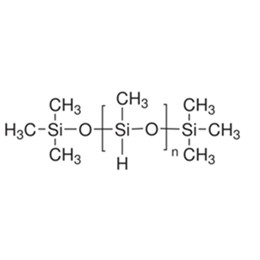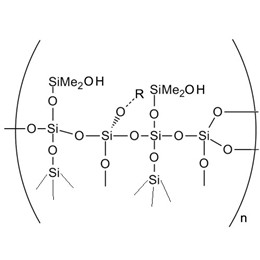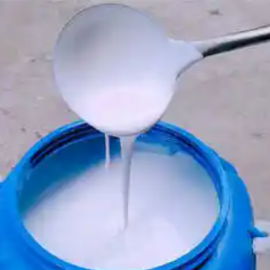Silicone waterproof material is a non-polluting, non-irritating new efficient waterproof material, it has a good “affinity” with many building materials, can be hydrolyzed with concrete or air moisture, generating active silanol with hydroxyl, and then self-polymerization into a layer of silicone waterproofing membrane to prevent the external water to the substrate internal infiltration, play a good anti-water penetration function. Why use silicone waterproof material?
Silicone waterproof material for the building surface can be formed on the surface of a layer of colorless transparent, UV-resistant waterproof vapor-permeable film that can not be perceived by the naked eye. When the exterior of the building encounters rain or humid air, the material can play a role in preventing the intrusion of moisture, preventing the interior walls from getting wet and moldy. Water droplets will naturally flow along the building, and the surface of the building will be washed clean, to keep the exterior wall clean and reduce weathering.
There are six aspects to introducing silicone waterproof material:
- What is the principle of silicone waterproof material?
- What are the forms of silicone waterproof material?
- What are the features of silicone waterproof agents?
- What are the applications of silicone waterproofing agents?
- What are silicone waterproofing precautions?
- How to make silicone waterproof perform better?
1. What is the principle of silicone waterproof material?
Silicone materials can be free hydroxyl chemical reaction with the surface of the substrate, the formation of chemical bonds between the two, thus generating a layer of several molecules thick silicone water-repellent membrane on the surface of the substrate, the water-repellent membrane is oriented arrangement, the alkyl toward the outside, the formation of alkyl occupation of the phase interface. Hydrogen atoms in the alkyl group and the hydrogen atoms of water repel each other, making it difficult for water molecules to approach, thus producing a water-repellent effect. Silicone waterproofing agents can form a waterproof breathable membrane on the surface of the substrate and the capillary pore wall is a green, acid and alkali-resistant, easy-to-construct building waterproofing material, that has been widely used. At present, the commonly used silicone waterproofing agents are mainly alkyl silicates, siloxanes, silanes, and silane/siloxane products.
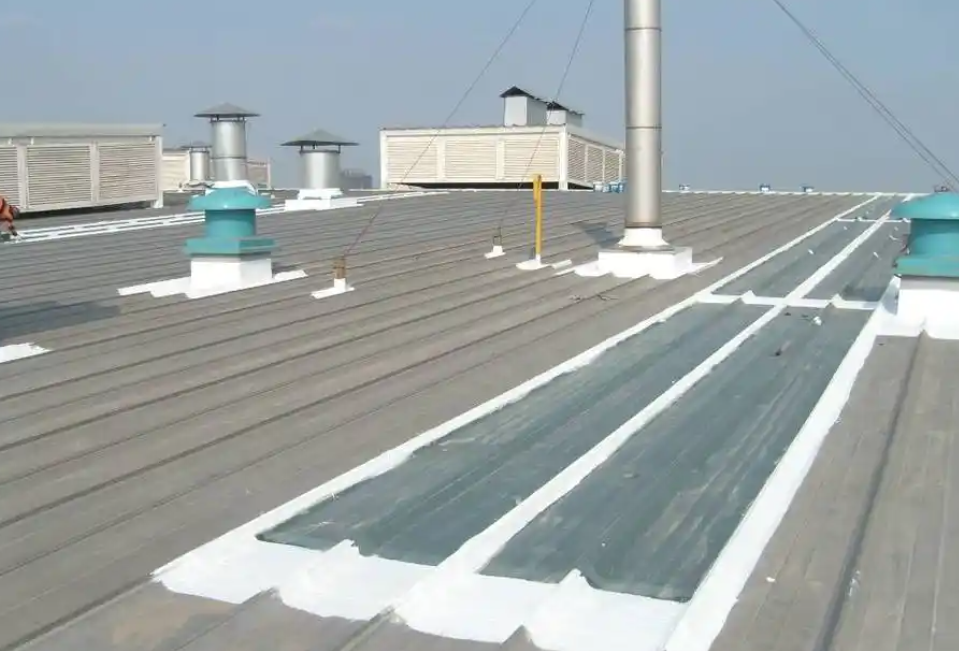
2. What are the forms of silicone waterproof material?
Silicone waterproofing materials in various forms have a wide range of uses.
(1) Coating type
It can be formed into a membrane and painted directly on the roof, bridges, steel structures, and other waterproofing requirements of the field(inner foil seal).
XJY-701-Polymethylhydrosiloxane
Under the action of metal salt catalyst, cross-linking film formation at low temperature, forming a waterproof film on the surface of many materials, can be used as a waterproofing agent for fabrics, glass, vinyl tiles, ceramics, paper, leather, metal, cement, marble, galvanized metal and so on.

XJY-711 Hydrogen Terminated Methylhydrogensiloxane/Dimethylsiloxane Copolymer
It can be used as a waterproofing agent for fabrics and buildings.

(2) Emulsion type
It can be added to building materials such as paint and other products in the formula, and can also be diluted and painted directly on the surface of the building or concrete substrate.
(3) Powder type
It is mainly used as a water-repellent additive for mortar products.
XJY-8205 Methyl MQ Silicone Resin
It is a solid powder resin with excellent water repellency, forming a durable film that will not shrink and can be used as a water repellent.

(4) Paste type
It is mainly used for the protection of concrete materials at the grass-roots level, it can be a protective seal.
(5) Solvent-free type
It can be used for polymer material modification treatment, and can also be used for the waterproofing treatment and waterproof sealing of building materials (saltwater or freshwater aquariums), such as clear silicone waterproof sealant for weather stripping and flexible bonds (bath sealant).
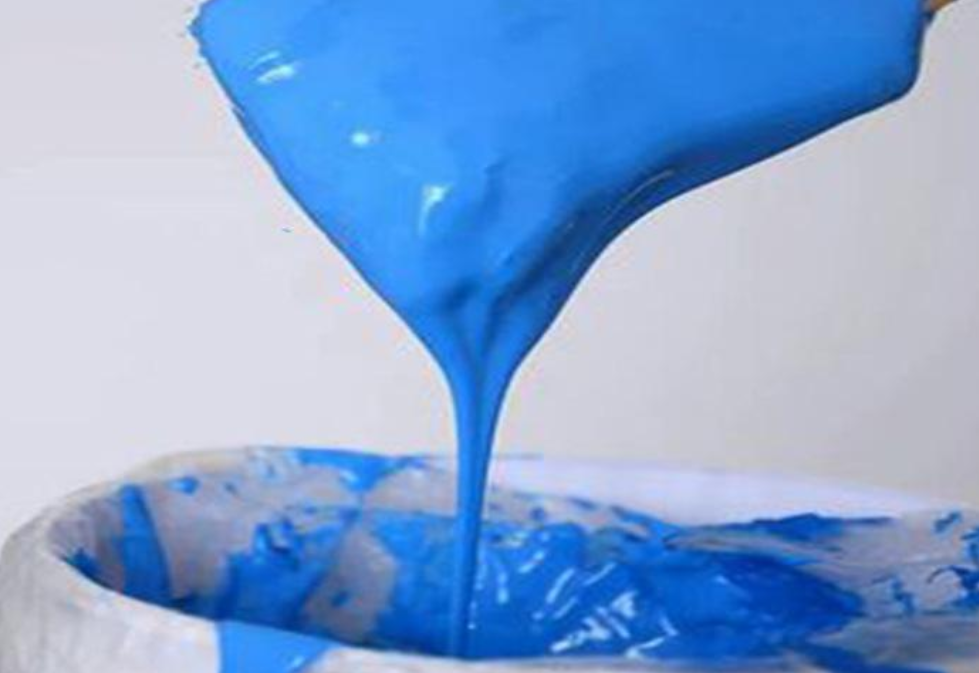
3. What are the features of silicone waterproof agents?
(1) Excellent waterproof performance.
Silicone as a waterproof material, reduces the surface tension of the waterproofing mechanism, without changing the original state of the building materials and material properties, both with excellent waterproofing, but also very good air permeability.
(2) Good durability
Compared with inorganic or petrochemical waterproofing materials, silicone waterproofing materials, durability is better in wet weather and can resist extreme temperatures, in general, silicone and silicone-modified products have durability for up to 10 to 15 years in indoor and outdoor use.
(3) Green
Silicone has a strong “physiological inertia”, is green, friendly to human health, and very suitable for decoration materials or raw materials (vinyl tile)
(4) Stable supply
Silicone is a non-petrochemical product, raw materials directly from the nature of the silicon material, abundant resources, and stable supply.
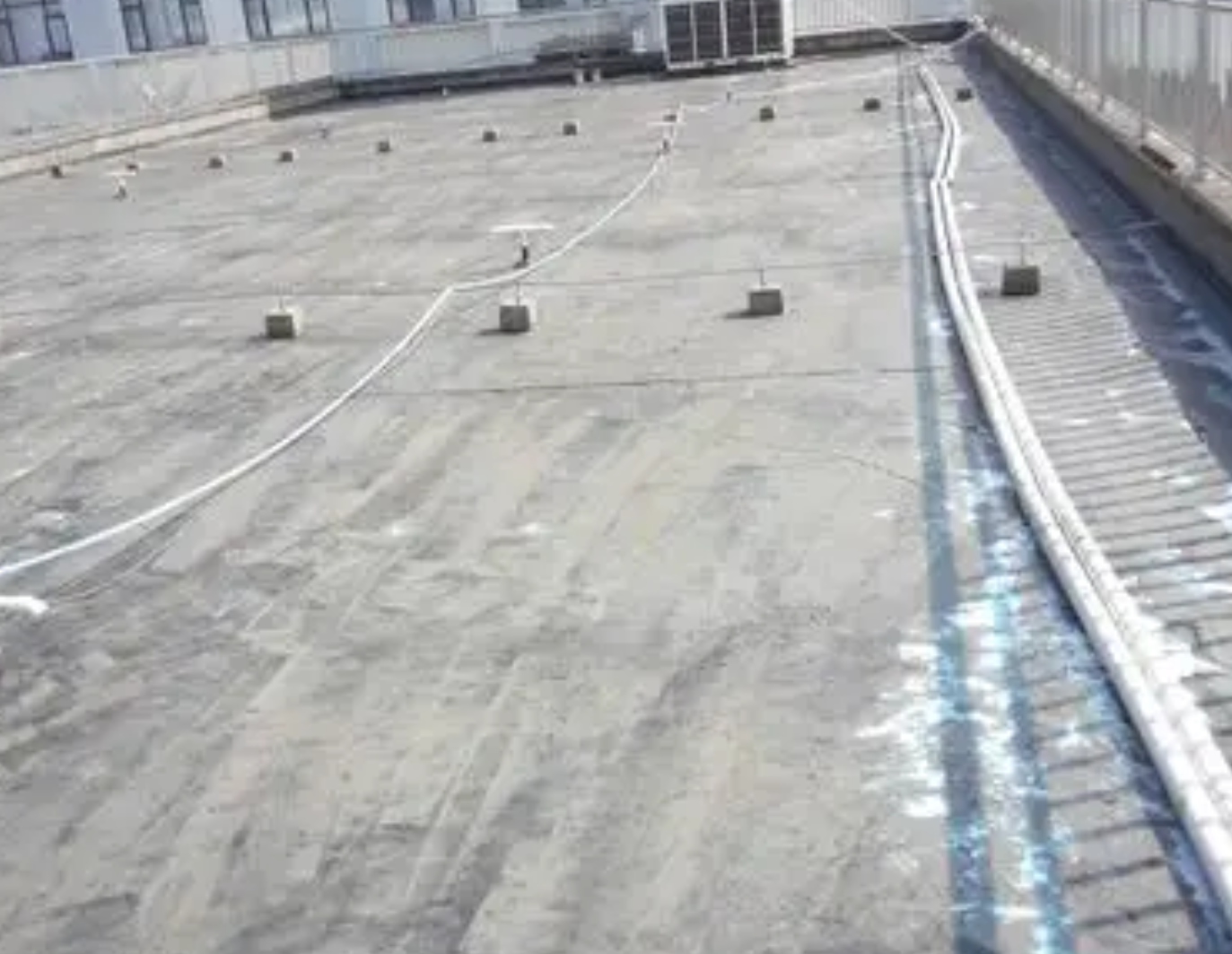
4. What are the applications of silicone waterproofing agents?
Silicone waterproofing agents are a very common class of silicone waterproofing materials, it's applied in many aspects of the building:
(1) It can be used to do the building of protective coatings, including a variety of substrate surface layers of waterproofing and stain-resistant treatment;
(2) It can be mixed into mortar products to make them hydrophobic, which is the necessary raw material for special waterproof mortar;
(3) It can be mixed into rock wool to effectively improve the hydrophobicity of rock wool products;
(4) It can be painted on the surface of glass, which has the excellent effect of not hanging water and anti-staining;
(5) It can deal with various types of panels such as calcium silicate board, effectively reducing the water absorption rate of the board itself, and improving durability.
4.1 Silicone waterproofing advantages of construction
(1) Anti-dust in the building exterior masonry surfaces, concrete and mortar finishing surfaces, etc. There are a large number of micro-cracks, depressions, and capillaries, resulting in water absorption and hanging dust. When the atmospheric precipitation and the dust on the surface of the above mix to form black sewage downstream constantly to the gap in the infiltration, after drying the formation of black streaks or sheet-like stains.
Serious damage to the decorative surface of the decorative effect. But when coated with a silicone waterproofing agent, the formation of the water-repellent membrane will make the sewage charge beads roll down, not only to prevent the sewage from inward infiltration, and sewage water beads rolled down will make the dust attached to fall together.
So after heavy rain (or artificial water spray) scrubbed silicone walls and untreated walls are completely different, showing a new look, after the rain pollution is serious situation has changed significantly.
(2) To prevent weathering and precipitation of white weathering an aqueous solution of inorganic salts migrates to the surface of the wall to form crystals and volume expansion of cracks on the wall to produce stress damage, this destructive effect of repeated day after day, so that the surface of the wall is flaky, molting until it loses its function. Waterproofing agent on the surface of the wall to form a water-repellent layer, to prevent the external precipitation to the internal infiltration and internal salt solution from migrating outward, thus eliminating the weathering caused by salt precipitation.
White precipitation refers to the internal free calcium hydroxide aqueous solution of the building wall migrating outward, after drying on the surface of the wall deposition, and gradually with carbon dioxide carbonation reaction occurs, resulting in insoluble carbonate, permanently adhering to the wall surface, appearing uneven pieces of white marks. Uneven migration of calcium hydroxide aqueous solution will cause the precipitation of the wall white, white, which not only affects the decorative effect but also has a great destructive effect. Silicone coating film on the wall surface to form a water-repellent layer to avoid precipitation of white effective measures.
5. What are silicone waterproofing precautions?
Silicone waterproofing agent as a commonly used protective agent for building materials, has been widely used in the market. However, there are some shortcomings, mainly including the following aspects:
(1) Adhesion
silicone waterproofing agent in the treatment of the surface, if the surface cleanliness is not enough or improper surface treatment is, its adhesion may not be strong, resulting in a poor waterproofing effect.
(2) Durability
Although the silicone waterproofing agent has a certain durability, in extreme climatic conditions (such as strong ultraviolet irradiation, high temperature, or low temperature), its performance may be reduced, requiring regular maintenance.
(3) Breathability
Some silicone water repellents may form a waterproof membrane on the surface of the substrate, which may affect the breathability of the substrate, resulting in the internal moisture not being effectively discharged, which may cause moisture and mold problems inside the substrate.
(4) Compatibility
Silicone waterproofing agents may not be compatible with certain materials, for example, they may not be applicable to plastics, rubber, galvanized metals, and other materials, need to do compatibility testing before use.
6. How to make silicone waterproof perform better?
Silicone waterproof material with its wide range of applications and excellent performance, plays an increasingly important role in the field of waterproofing ( clear silicone sealant, multipurpose adhesive). In the actual application, you can choose high-quality products, standardized construction,n and other measures to play the advantages of organic waterproofing materials, so that they can better play the waterproof effect. How to improve the competitiveness of products?
XJY Silicones is one of the leading silicone MQ resin and VMQ silicone manufacturers in China, with more than 30 years of R&D and manufacturing experience in the silicone industry, as well as more than 15 related patents and technical support. Our silicone raw material products can meet the needs of the water-repellent field and support the provision of diversified customized solutions.
![]()

